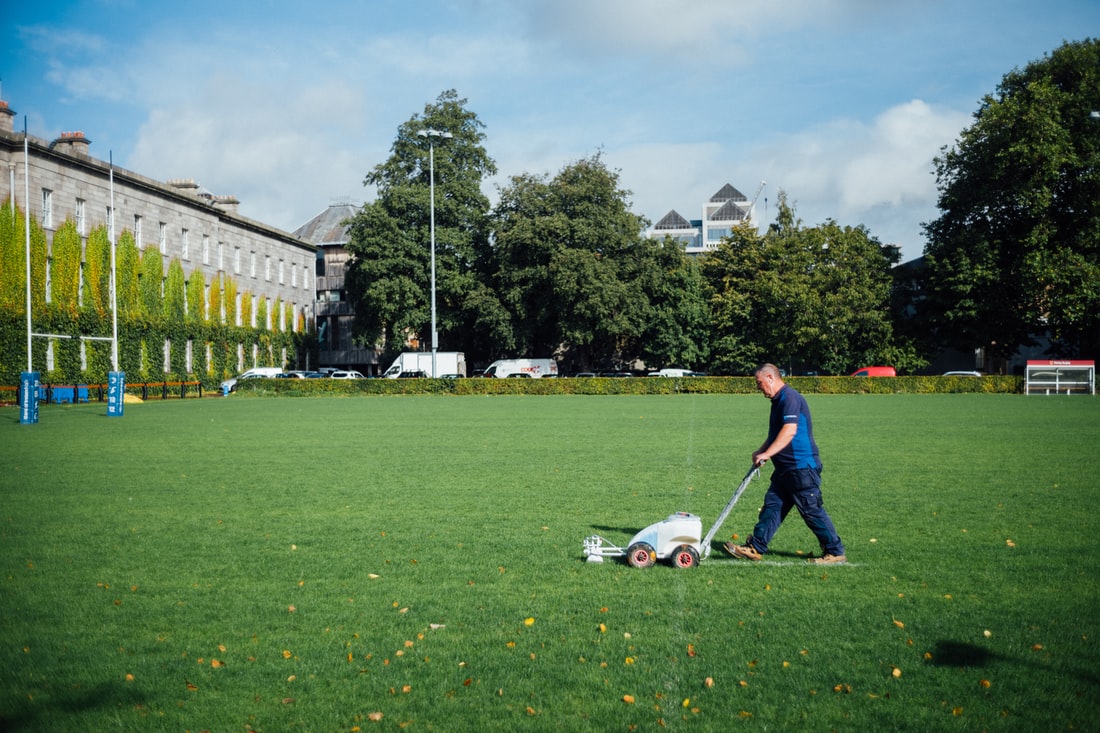For many homeowners, lawn mowing is an interesting DIY task ingrained into their genes. For others, it’s a laborious job that robs them of their most precious time. Either way, mowing your lawn is critical; if you are to keep your yard evergreen and beautiful.
And while many homeowners are proud to own a yard and a lawn, not many have the right lawn maintenance skills and expertise. That said, learning to mow your lawn the right way is a great achievement.
We’ve rounded up some tips to help you cut your lawn grass like a pro. That way, you will avoid doing it wrong, damaging the grass blades, or increasing the chances of pest and disease infestation.
That said, here are the 11 lawn mowing tips to keep in mind.
1. Adjust Your Lawn Mower to the Highest Preferred Settings.
A rule of thumb when mowing your lawn is to set your mower high. Only cut the top 1/3 of the grass blade at any given time. Scalping the grass or cutting it too short isn’t desirable as this exposes the soil. That way, your lawn becomes vulnerable to weed infestations and diseases.
2. Only Mow When It’s Dry
Mowing your lawn after rain or early in the morning will make the grass clog your mower. This makes the whole process cumbersome and could even lead to uneven trim. The best time is in the early evening when there’s been no rain during the day. At this time, the sun is less intense; hence there’s little heat stress on your grass.
3. Use a Sharp Mower Blade
For the best results, it’s highly recommended to keep your mowing blade clean and sharp. A dull blade will tear your grass, leading to an uneven edge. And even worse, these tears invite some of the common lawn pests and diseases. You also want to avoid mowing rocky areas or places with thick branches.
4. Regularly Vary Your Mowing Pattern
The lawn mowing patterns play a critical role in how strong and tall the grass will grow. If you regularly cut the lawn in a particular pattern, the grass will lean in one direction. This increases the chances that ruts will find a place to hide when the grass is overgrown.
5. Only Mow When the Time is Right
Instead of sticking to a mowing schedule, you want to mow when the grass is of the required height. How often you should cut your lawn depends on several factors. These include the growing conditions, grass type, season, and growth pattern.
6. Adjust the Mowing Height in Shady Areas
Grass that grows in shady areas needs a greater surface area to absorb light for photosynthesis. In these low-light areas, you want to increase the mowing height slightly. That way, your lawn remains healthier despite the minimum sunlight reaching the grass blades.
7. A New Lawn Needs More Time
New grass plants are fragile and more susceptible to pests and diseases. The recommended mowing height for a new lawn depends on the grass type.
Some like Bluegrass, Bahia, Bermuda, and Centipede can grow up to 2 inches before mowing. Others like Fescue and Perennial Ryegrass should grow up to 3 inches. Sticking with these requirements means you won’t disturb the roots and soil.
8. Recycle the Grass Clippings
Once you have mowed the lawn, leave the clippings behind to act as organic manure. This will minimize the use of artificial fertilizers. These clippings also act as mulch, hence preserving water loss in your lawn.
9. Create a Flat Edge Along Your Lawn
If you want to avoid having to string trim the edges, this is the best solution. You can create this flat edge beside the planting areas, walkways, or driveways. When mowing, all you’ll need is to roll a wheel of the mower on this edging.
10. Mowing a Hillside
To avoid damage to your lawn or the risk of injuries, you should always mow across the slope. Pushing the mower up and down can create slippery footing. If the slope is extensive, you want to consider using a string trimmer. For steep slopes, it’s best to replace grass with low-maintenance ground cover.
11. Keep an Eye for Pets, Stones, and Toys when Mowing
This may sound obvious, but most people forget to double-check their lawn before mowing. More often, you’ll find toys or small stones on the lawn that could damage your mowing blade. This could lead to reduced efficiency or uneven trimming. If you have pets, make sure they are out of the lawn while mowing.
Seek Professional Help Where Necessary
If you are new to lawn mowing, getting everything right the first time can be challenging. Luckily for you, you can take a lawn mowing or gardening class to improve your skills. However, if you don’t have the time for all these, you can opt for professional lawn mowing services.

